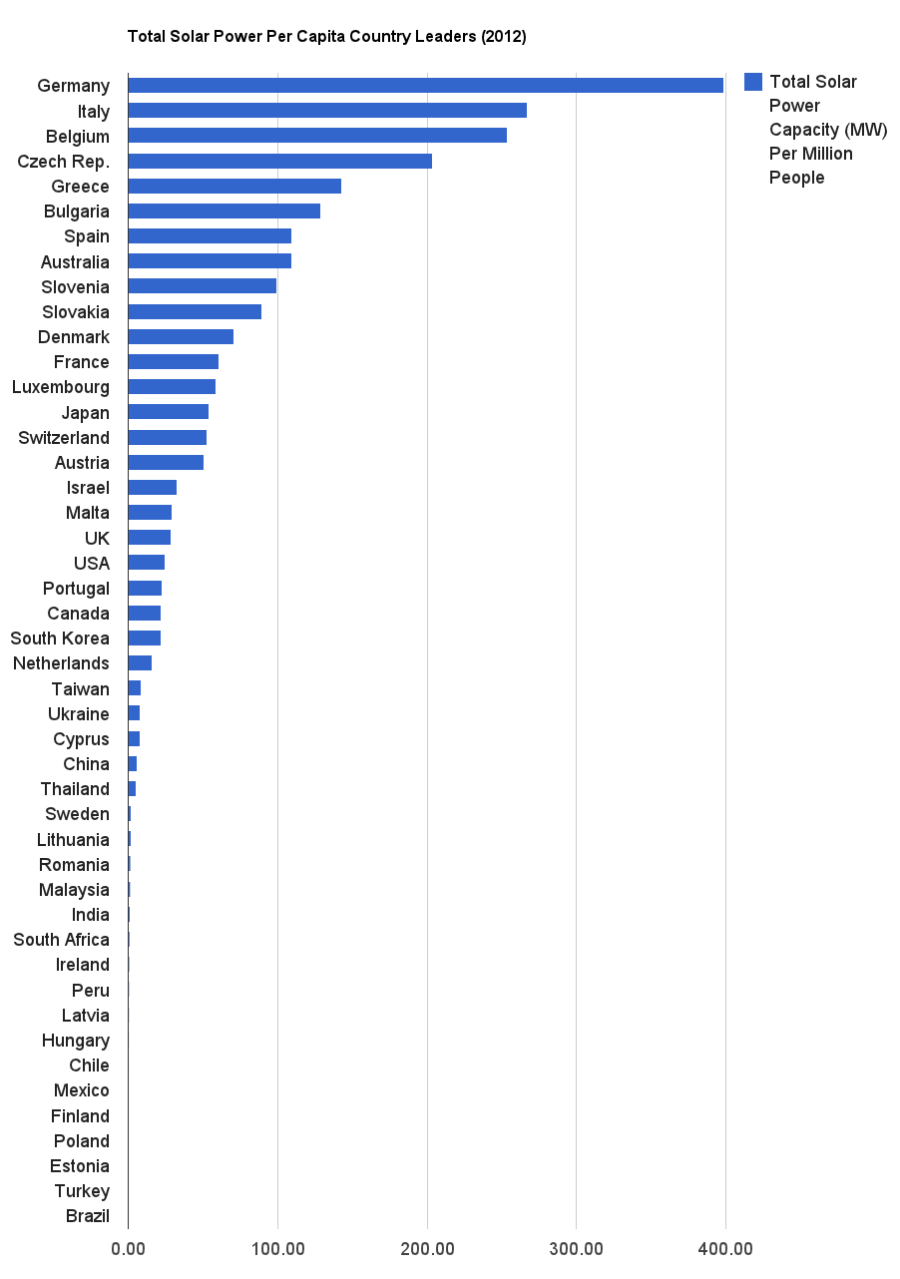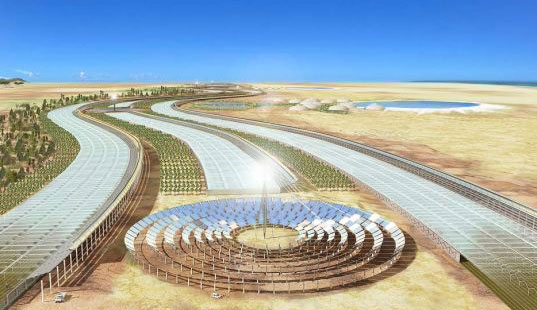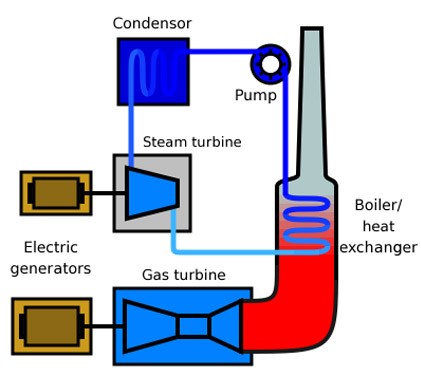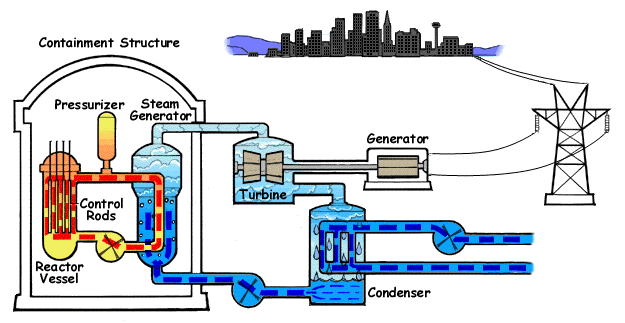Solar Energy
“In 2012 solar power produced just .5% of global electricity. It’s only a speck compared to coal (42%), natural gas (21%), hydro (15%) and nuclear (12%)”.
I started my blog with a quotation that may be discouraging to solar power advocates, but it is important to note that solar production is still in a growing stage. The rest of my blog will consist of the leading countries regarding solar energy, challenges to overcome, and new technology that can influence the growth of solar energy.
Solar energy is the most abundant and cleanest energy source available. Solar energy can be used for a number of things including: generate electricity, and heating water. The most common way of harnessing solar energy is via the photovoltaic process. Photovoltaic process uses electrical devices to convert the sun’s heat to energy. In regards to solar energy, Germany is the leading country. By 2050 Germany has stated they are planning on relying only on renewable energy. Germany has taken the initiative by installing thousands of panel that produce 22 gigawatts of energy.
The image above shows a solar farm in the middle of the dessert. Although futuristic, I believe in the near future there will be effective solar farms like the one illustrated above.
Before I begin ranting about solar energy, please take a look at this link:
http://localsolardeals.com/signup/
Honestly, I did not fill out any information nor do I recommend anyone does, but if the link is legitimate I find it fascinating that already there are company’s that can “calculate” how much money you can save by going solar.
http://www.youtube.com/watch?v=4uPVZUTLAvA
This link is very informative; it explains his belief on how to make solar energy more effective. Although lengthy, towards the end it starts describing the difference between concentrated solar power and photovoltaic. How to make solar power energy more efficient? That is the million-dollar question scientists are currently trying to tackle.
Now back to my blog, in regards to the U.S., President Obama wants to make the U.S. “the world’s leading exporter of renewable energy”. China is becoming a “dominant player in green energy – especially in solar power”. The Chinese have played a role in pushing down the prices of solar panels. According to the NY Times China Racing Ahead of U.S. in the Drive to Go Solar, written by Keith Bradsher the U.S. cannot compete with the low prices the Chinese are selling their products at.
According to Cleantechnica.com the U.S. is ranked 20th nation in the world regarding solar power country leaders per capita. Interestingly enough the only other nations ranked in the top 20 that are not European are Australia (#8), Japan (#14), and Israel (#17). Please take a look at the graph below so you can view each individual country and how countries rank among one another.
 Referring back to the United States the link below is extremely informative regarding solar energy in general. Zachary Shahan is the director of CleanTechnica is extremely informative. He has been covering green new since 2008, and focuses specifically on solar energy. Please take a second to lookover his website, I promise
Referring back to the United States the link below is extremely informative regarding solar energy in general. Zachary Shahan is the director of CleanTechnica is extremely informative. He has been covering green new since 2008, and focuses specifically on solar energy. Please take a second to lookover his website, I promise
Top Solar Power States Per Capita (Updated) vs Top Solar Policy Leaders (CleanTechnica Exclusive)
The graph below describes very important estimates in regards to solar energy. It states how much solar costs in your state, how much you could save every month, what you could save over time, and how long before it pays itself.
The Biggest Solar Farm In Latin America Will Replace An Old Coal Plant
The article above depicts an impressive image in a developing country. In Mexico there is a coal plant that will be replaced by a solar farm. A very impressive accomplishment and investment in my opinion.
References
http://www.technologyreview.com/news/517811/a-material-that-could-make-solar-power-dirt-cheap/
http://www.nytimes.com/2009/08/25/business/energy-environment/25solar.html?ref=solarenergy&_r=0
http://cleantechnica.com/2012/06/12/new-report-ranks-worlds-biggest-countries-on-renewable-energy/











